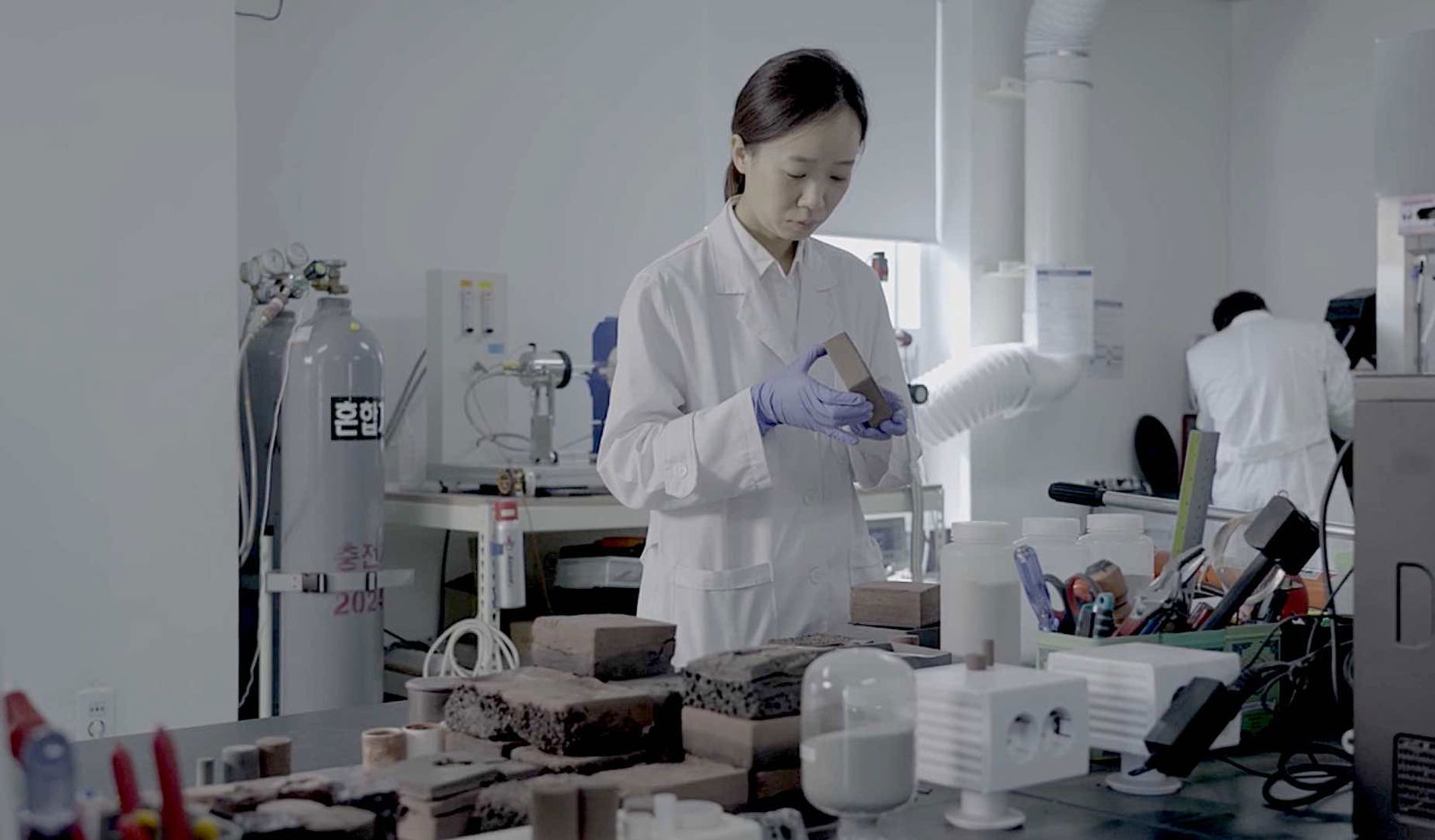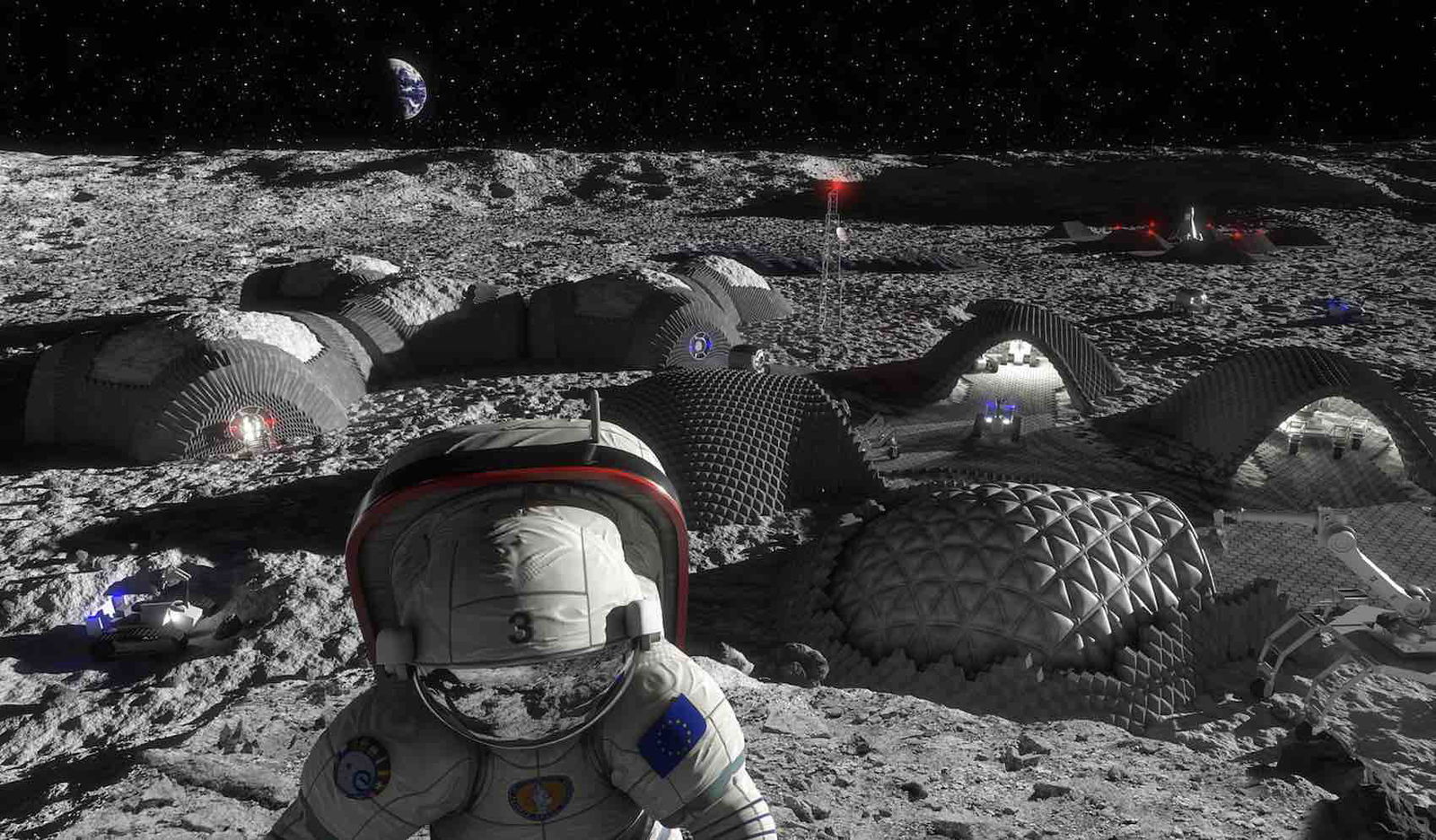Scientists have proposed a novel method of allocating materials for the future construction of Moon bases using resources already present on the lunar surface.
In recent years, a range of potential resources have been discovered on the Moon, including water ice, elements like aluminum, calcium, and titanium, and isotopes like Helium-3. Such discoveries have the potential to help make Earth’s natural satellite a future hub for space exploration and a pathway toward exploration of farther destinations like Mars.
However, the establishment of permanent Moon bases presents several challenges. Chief among these is the problem of transporting materials from Earth to aid in such a demanding construction effort. The estimated cost of carrying construction materials from Earth to the Moon carries a price tag of more than a million dollars per kilogram, making it next to impossible for Earth-based materials to be a feasible resource for future lunar construction efforts.
To help overcome such challenges, researchers at the Korea Institute of Civil Engineering and Building Technology (KICT) have proposed a novel method of producing construction materials using lunar regolith, one of the most readily available resources already present on the Moon.
Kim Byung-Suk, President of KICT, has led recent efforts to develop cost-effective, sustainable methods for using the Moon’s own resources to construct a functional lunar base.
Given its abundance, lunar regolith presents an obvious choice as a candidate material and offers a range of useful qualities. Regolith can be compacted through heat (a process known as sintering), allowing it to be formed into construction blocks. To achieve this, the KICT researchers developed a method of heating the regolith by exposing it to microwave radiation.
Led by Dr. Hyu-Soung Shin and a team at KICT’s Future & Smart Construction Research Division, lunar regolith sintering with microwaves allowed the researchers to form blocks with the aid of a lunar regolith stimulant. However, one of the challenges the researchers faced involved the presence of localized hot and cold spots, which can interrupt attempts at achieving uniform sintering.
To overcome this issue, Hyu-Soung Shin and his team employed a unique method: heat was employed in a stepwise program. This allowed them to manage temperature variations and overcome the issue of thermal runaway, where control is lost as heat increases.


Part of what drives the onset of these issues is the presence of volatiles within lunar regolith, which include water and other substances that can vaporize, leading to the formation of internal cracks during the sintering process. In their research, the KICT team developed a unique process that allowed them to overcome this by preheating the regolith stimulant within a vacuum at temperatures of around 250°C, which helped them significantly reduce the likelihood that cracks would form in the blocks.
Core drilling at specific locations on the newly sintered blocks revealed they showed an average density of 2.11 g/cm³, a porosity of 29.23%, and a compressive strength of 13.66 MPa, with low standard deviations confirming the blocks’ homogeneity. In short, the core samples confirmed the reliability of the team’s sintering strategy, producing blocks of regolith that could potentially meet the standards required for future construction efforts on the Moon.
“Many previous space construction studies related to microwave sintering technology have resulted in small or heterogeneous sintered bodies,” Shin said in a statement, adding that he and the team hope the new capability will be utilized for various infrastructure construction needs on the lunar surface in the future, including the eventual construction of permanent Moon bases.
Shin and the team detailed their findings in a new study, “Optimized manufacturing process of homogeneous microwave-sintered blocks of KLS-1 lunar regolith simulant,” which appeared in the July 2024 issue of the Journal of Building Engineering.
Micah Hanks is the Editor-in-Chief and Co-Founder of The Debrief. He can be reached by email at micah@thedebrief.org. Follow his work at micahhanks.com and on X: @MicahHanks.

